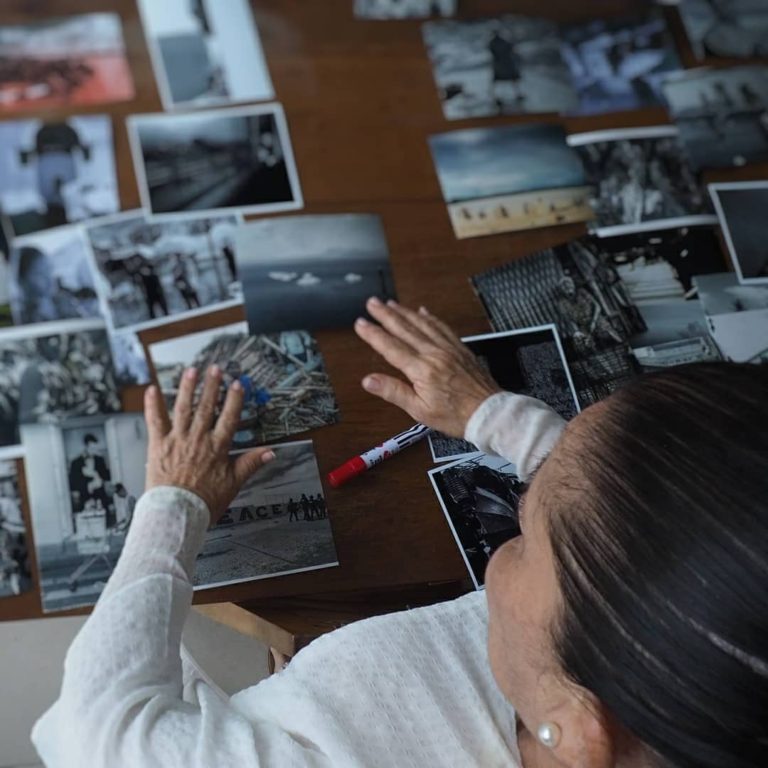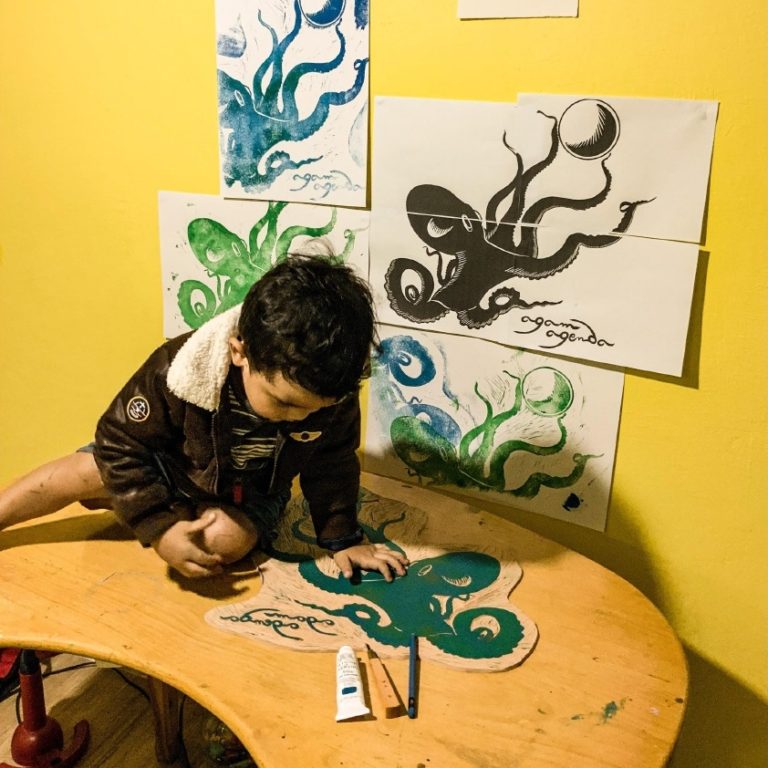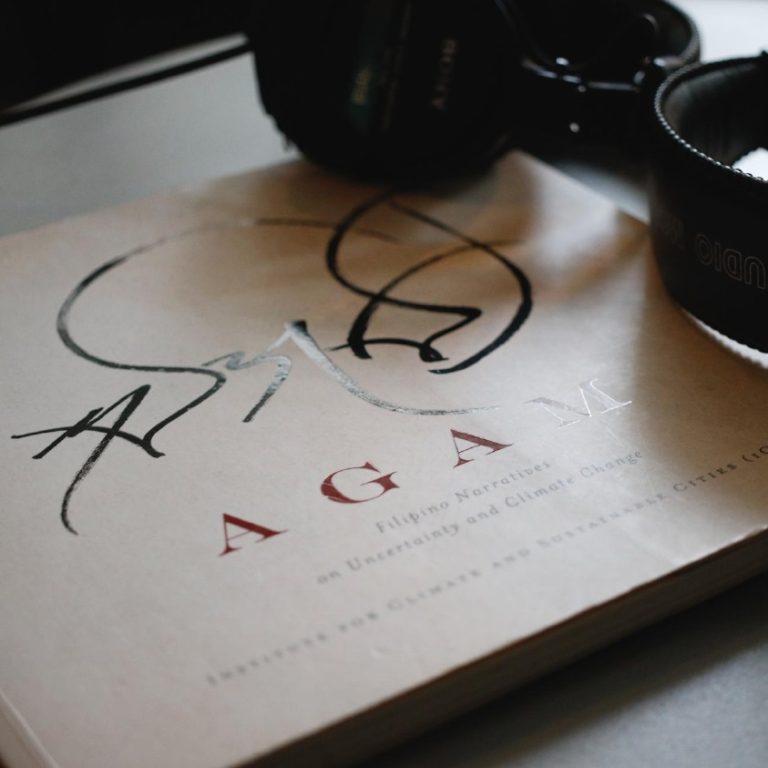Reimagining and widening the story-telling circles on climate change.
The Agam Agenda is a dynamic, shape-shifting platform for creative, trans-disciplinary collaboration designed to grow and contribute to fluid networks of climate-aware writers, artists, scientists, youth, and campaigners.
Our Agenda
- widen the story-telling circle around the climate crisis and make room for more voices and forms of expression in climate discourse.
- create and share stories that will have an impact on how uncertainty and the climate crisis are understood, discussed, and attended to as part of the daily experience of diverse communities.
- produce engaging content and materials that teachers, students, and campaigners can wield as tools for discussion and debate in various settings.
- reduce and reject dependence on jargon as a vehicle for communicating climate change and its impacts.
- enable a more robust sense of agency and citizenship in the humanities and in scientific communities by exploring and testing the integration of other disciplines into the climate debate, covering for instance the interface between national history and the geologic, biological, and carbon past.
- harness the regenerative power of the humanities, art, and imagination as we dream up and work towards kinder, equitable futures.
Behind the idea was confidence in the power of imagery and art to compel action where statistics and jargon might have only added to what decision-makers mistakenly consider dispassionate marginalia to the debates on the bill.
Our Origin Story
It is a little known fact that an exhibit of photographs entitled Visage helped push the passing of the Philippines’ People’s Survival Fund Bill in 2012. ICSC enlisted a distinguished photojournalist and commissioned portraits of survivors of climate change around the archipelago. The exhibit was opened in the halls of the Philippine Senate. Visage provided the additional nudge needed to move senators towards a favorable view of the climate measure. Walking past the faces of people suffering the brunt of climate change and who would benefit from such a bill, senators ultimately voted in favor of passing and enacting the People’s Survival Fund, the first such national climate finance mechanism dedicated to supporting local climate adaptation action plans in the Philippines and Southeast Asia.
Behind the idea was confidence in the power of imagery and art to compel action where statistics and jargon might have only added to what decision makers mistakenly consider dispassionate marginalia to the debates on the bill. To test this notion further, photographs from Visage were sent out as writing prompts to poets, journalists, artists, novelists, scientists, and anthropologists across the Philippines. The contributors were asked to write a response to the photos they received. They were told that this was for a book on climate change, but that they were prohibited from using the words ‘climate change’ and ‘global warming’ along with a few other words. The result was Agam: Filipino Narratives on Uncertainty and Climate Change (2014), an anthology of 26 images paired with 24 narratives in verse and prose, in eight Philippine languages. The book received three national book awards and was hailed by scholars of eco-criticism as “one of the penultimate anthologies in the Global South.” The anthology was launched in several cities in the Philippines and around the world, including Washington DC, New York, Denver, and Berlin.

In 2019, the ICSC launched Alas ng Bayan in collaboration with 350.org Pilipinas and the Constantino Foundation, a project that sought to introduce and inject history and feminism as fundamental elements in the way young people respond to the worsening state of national forgetting and the climate crisis. The Alas ng Bayan exhibit is composed of five paintings done in the style of tarot cards, depicting individually the heroes Gregoria “Oriang” de Jesus, Apolonia Catra, Remedios “Kumander Liwayway” Gomez-Paraiso, Lorena Barros, and Gloria Capitan. Alongside a wealth of information, lectures and other activities, Alas ng Bayan was designed to reach out to and mobilize sectors not normally active in the climate debate. It brought to the fore new notions of citizenship and nationalism responsive to the multiple emergencies we face today.
The impetus to create Visage, Agam: Filipino Narratives, and Alas ng Bayan is the same wind that buoys us to support the Iyas Writers Fellowship and the #PoetsForScience initiative: it was borne out of questions demanding to be asked. In the face of a crisis so massive it threatens the very viability of the Philippines as a nation, why has the discourse on climate change remained so wooden, dense, and constipating? Science does its part, policy has its role, but where is the creative impulse—where are the arts—in the raging high stakes debate on climate? How do we arrive at a place where we understand and are ready to face the magnitude of climate change with hope and compassion? These questions are ringing across the planet this very moment.
The Agam Agenda pursues these questions not so much to arrive at definitive answers but to expand the realm of possibility for stories to be told, sung, painted, or danced, for kinder futures to be imagined and created.







